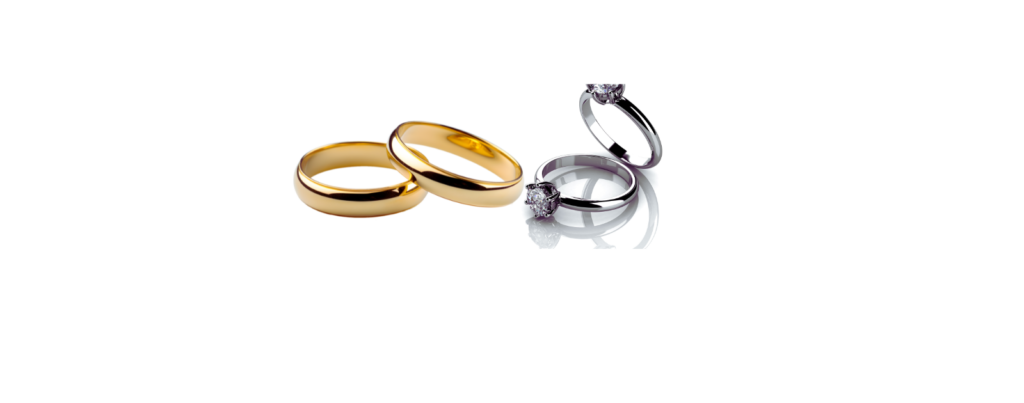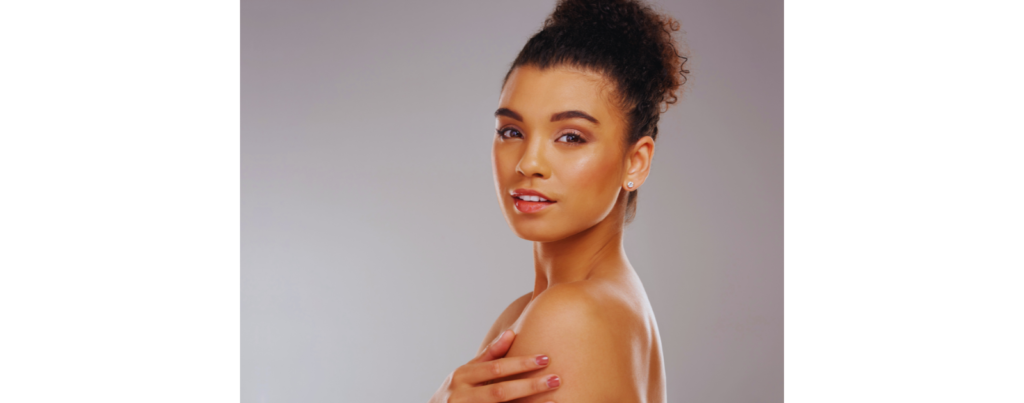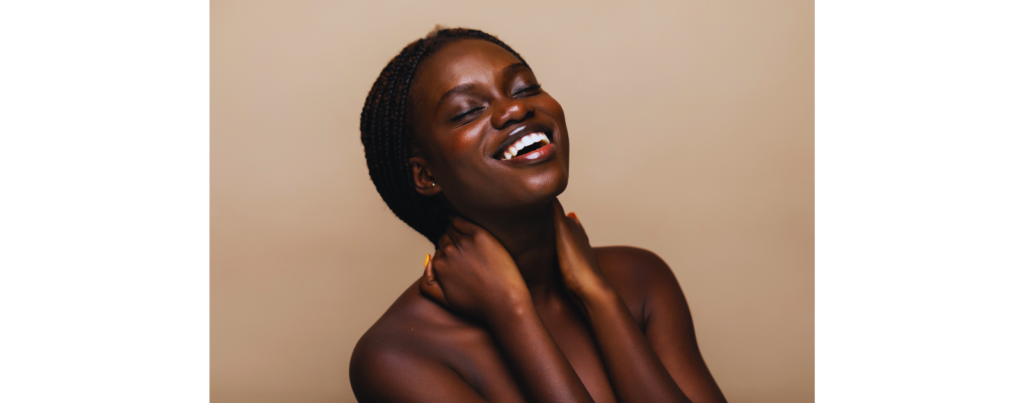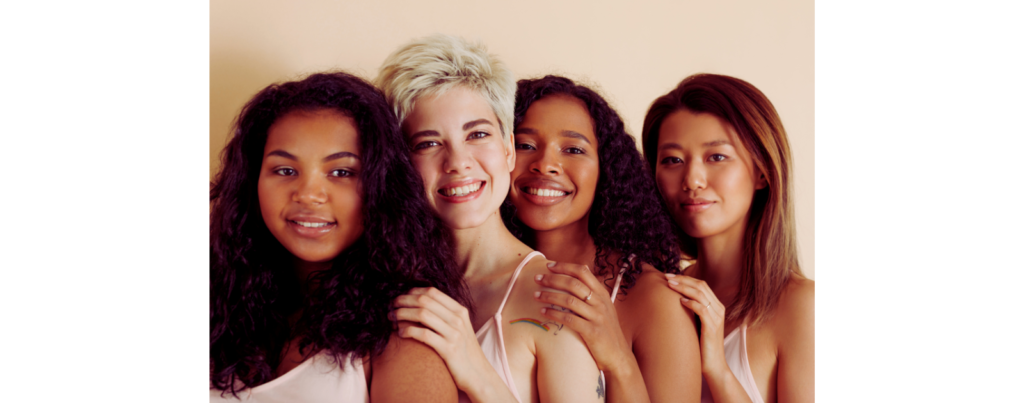Understanding your skin tone and skin undertone is a game-changer for looking and feeling your best. It helps you choose the right makeup, flattering clothes, and even the perfect jewelry. Let’s explore the details, tests, and tips that will help you discover your unique color palette and make the most of it.
What Are Skin Tone and Undertone?
Your skin tone is the surface color of your skin. It can range from fair and light to medium, olive, or deep and rich. On the other hand, your skin’s undertone is the subtle hue beneath the surface. Think of it as the hidden personality of your skin that influences how colors look on you—cool, warm, or neutral.
Many people confuse these two, but here’s the key: while your skin tone can change due to factors like sun exposure or skin conditions, your undertone remains consistent. Identifying your undertone is crucial for finding the right shades of makeup and clothing to enhance your natural beauty.
How to Identify Your Skin’s Undertone
1. The Jewelry Test

This is a fun and simple way to start. Try on both gold and silver jewelry. Gold jewelry tends to enhance warm undertones, making your skin look radiant and glowing. Silver jewelry, on the other hand, flatters cool skin tones by highlighting pink or bluish hues. If both gold and silver look equally good on you, you may have a neutral undertone that works well with a wide range of colors.
2. Vein Test
Look at the veins on the inside of your wrists in natural light. If your veins appear green, you likely have warm undertones. If they look more blue or purple, you probably have a cool undertone. If it’s hard to tell or they seem to match both colors, you may fall into the neutral category.
3. White T-Shirt or Paper Test
Hold a plain white T-shirt or a sheet of white paper next to your face. Observe how your skin looks in contrast. Does it appear golden, yellow, or peachy? If so, you’re warm-toned. If your skin looks pink, rosy, or has pink and bluish hues, you have cool undertones. If your skin seems balanced without leaning too much towards pink or yellow, you’re neutral-toned.
4. Sun Exposure and Tanning
How does your skin react to the sun? People with warm undertones tend to tan easily and develop a golden glow. Those with cooler undertones may burn or turn pink in the sun. Neutral undertones may tan but not develop an overly golden or red hue.
5. Natural Light Test
Always check your skin in natural daylight for the most accurate results. Artificial lighting can distort the appearance of your skin tone and undertone, making it harder to identify the true hues.
Common Skin Tone Categories
1. Fair Skin

Fair skin often has a light surface tone with pink or bluish undertones, making it more likely to be cool-toned. People with fair skin may burn easily and should look for soft, cool shades in makeup and clothing.
2. Olive Skin Tones

Olive skin tones are unique, often featuring an olive undertone that may signify a mix between warm and cool, with a greenish or golden hue. This versatile skin tone pairs beautifully with a wide range of colors, from earthy shades to bold jewel tones.
3. Deeper Skin Tones

Deeper skin tones can range from rich caramel to deep ebony and may have golden, neutral, or bluish undertones. It’s essential to identify whether your undertones are warm, cool, or neutral to choose colors that enhance your natural radiance.
Matching Makeup to Your Undertone
1. Foundation Selection
Your foundation is the base of your makeup look, so it’s crucial to get it right. Many brands now label their shades with “cool,” “warm,” or “neutral” undertones to make selection easier. For warm undertones, which often include golden undertones, look for foundations with golden or yellow hues. Cool undertones work best with pink or rosy shades. Neutral undertones should opt for balanced shades that don’t lean too yellow or pink.
2. Eyeshadow Colors
For cool undertones, go for cool shades like icy blues, soft purples, and silvers. Warm undertones glow with earthy colors like oranges, bronzes, and golds. Neutral undertones can play with a mix of both, depending on the occasion.
3. Lipstick and Other Makeup Choices
Cool undertones shine with berry and pink lipsticks, while warm undertones, indicated by a slightly greener appearance in the veins suggesting a warm skin tone, look stunning with coral, peach, and red-orange hues. Neutral undertones have the flexibility to experiment with a wide range of shades, including nudes and classic reds.
Celebrity Makeup Artist Tips
Celebrity makeup artists emphasize the importance of understanding undertones, especially for those with warm skin, for a flawless look. For instance, Jennifer Lopez’s warm undertones are highlighted with bronzy makeup and golden hues. Lupita Nyong’o’s cool undertones are enhanced with jewel-toned eyeshadows and cool blush shades. The takeaway? Tailoring your makeup to your undertone makes your natural beauty shine through effortlessly.
Practical Fashion Tips

Your undertone isn’t just for makeup—it’s key to your wardrobe too. Warm undertones look fabulous in colors like gold, orange, and earthy greens. Cool tones pop in jewel tones like sapphire, emerald, and amethyst. Neutral undertones can experiment with a versatile palette that includes off-whites, taupes, and neutral shades. The right colors can bring out the best in your complexion, making you look vibrant and put together.
FAQ
Q: Can my undertone change over time?No, your skin’s undertones remain the same throughout your life, even if your surface skin tone changes with sun exposure or aging.
Q: How can I tell if I’m neutral-toned?If both gold and silver jewelry look equally flattering on you, and your skin appears balanced (neither overly pink nor yellow), you likely have a neutral undertone.
Q: What if I still can’t determine my undertone?Try combining different tests, such as the vein test and jewelry test, in natural light. If it’s still unclear, you may have a neutral undertone.
Q: Can I wear colors outside my undertone’s palette?Absolutely! Fashion and beauty are about self-expression. While certain shades may be more flattering, you can wear anything that makes you feel confident.
Outbound Links
- How to Choose the Right Foundation for Your Skin Tone
- Top Eyeshadow Palettes for Every Undertone
- Discover Your Perfect Wardrobe Colors
Discovering your skin tone and undertone isn’t just about beauty; it’s about celebrating what makes you uniquely you. By taking the time to identify your undertone, you can make more informed choices that enhance your natural features. Try these tips and tests, and see how a little color knowledge can transform your look. Ready to glow?





